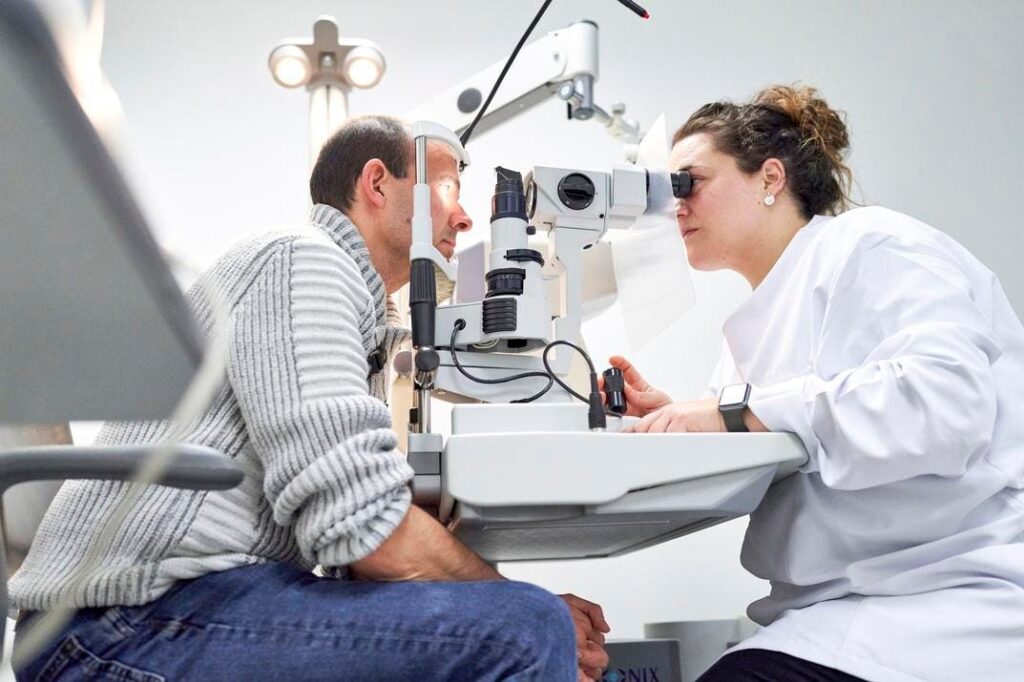Sonali Bloom is CEO of 20/20 Onsite.
Even some of America’s densest states like California, Texas and Florida are commonly labeled as “eye care oases.” These areas that boast everything from major hospitals, clinical research institutions and academic centers should offer all that is needed for a successful eye care ecosystem. But the reality is far different.
Behind the veneer of accessibility lies a critical bottleneck in clinical trial readiness, especially pronounced in trials that depend on eye assessments. And it’s not just a problem for vision research and the general population—it’s an efficiency issue affecting every sponsor trying to keep their trial on time and budget.
Spending the last decade delivering point-of-need eye care and supporting clinical research teams nationwide, I’ve witnessed a growing paradox: High density doesn’t mean high availability. When it comes to trial readiness in ophthalmology, the oasis can often turn out to be a desert.
Why Eye Care Deserts Persist
An outdated assumption—that high population density equals access—is at the root of the problem. But in clinical research and community eye care, the quality of access matters more than quantity.
Many eye care providers lack the bandwidth to take on additional trial responsibilities. Even those with experience in clinical research often lack advanced, trial-specific equipment. Sponsors may assume their site partners are ready, only to discover costly delays during study startup.
Meanwhile, traditional site-based models exclude patients who are willing to participate but live too far from centers equipped for eye exams. These drop-offs hurt diversity goals, data quality and overall retention.
The Hidden Gap In Trial-Ready Ophthalmology
Let’s use Texas as an example. It’s home to more than 1,260 practicing ophthalmologists, according to the U.S. Bureau of Labor Statistics. Yet, for sponsors launching trials with tight enrollment windows or protocol-mandated eye exams, access to a certified provider in a trial-ready clinic is anything but guaranteed. These specialists often juggle full caseloads. Clinical trial infrastructure—protocol familiarity, calibrated equipment, trained staff—is rarely ready on demand. Add in narrow visit windows, and sponsors face an uphill battle.
That challenge gets even greater when factoring in patients from outside urban areas. While Texas is seemingly an “eye care oasis” of over 1,000 practicing ophthalmologists, over half (640) are in greater San Antonio. The nearest trial site might require multiple bus transfers or long drives for participants living in rural or underserved communities. These access barriers create downstream issues that sponsors know all too well: missed screening windows, delayed enrollment and early dropouts. The burden on patients is still too high.
What The Data Tells Us
To better understand how clinical trial teams are experiencing these challenges, we conducted an anonymous survey with Centiment in March, involving 102 respondents. Targeting was of U.S.-based individuals who work within the pharmaceutical or biotech industries, and only those with a job seniority/position of manager or higher. Their responses revealed a clear message: Efficiency is king. In fact, 73% of respondents cited “clinical trial efficiency” as one of their top areas of interest. That was followed by “real world evidence” (56%), “patient retention” (49%) and patient enrollment (46%).
Overlay this with therapeutic focus areas, and the urgency becomes even clearer: 37% of respondents are involved in neurology, frequently incorporating ocular assessments in trials for conditions such as epilepsy, major depression, Parkinson’s, and Alzheimer’s.
Meanwhile, 25% focus on diabetes and endocrinology, where eye exams play a crucial role in monitoring complications like diabetic retinopathy. Additionally, 22% work on obesity, a rapidly growing area driven by increasing use of GLP-1 therapies, which have notable visual side effects.
The convergence of therapeutic areas that require ocular data and the drive for clinical trial efficiency highlights the growing need to rethink how we deliver eye care in research.
Bridging The Readiness Gap
Solving this isn’t about adding more clinics but redesigning access. For example, decentralized trials employing mobile point-of-need services can help bring certified ophthalmic assessments directly to patients’ locations.
Whether that’s a trial site, a community center or the patient’s workplace, this model removes friction from both ends: Participants aren’t forced to travel, and sponsors don’t have to wait for overwhelmed sites to come online.
A Call To Action For Sponsors
The industry is waking up to the idea that decentralization isn’t just a pandemic-era trend; it’s the future of operational excellence. But true decentralization must go beyond tele-visits. It must consider what procedures can realistically be brought to patients without compromising data integrity.
If we want to meet the moment—and the growing complexity of modern trials—we need to recognize the limits of traditional site infrastructure. As our proprietary data shows, clinical operations teams are already focused on the right goals: efficiency, enrollment and retention. What’s missing is the availability of infrastructure to support them.
Eye care deserts aren’t just a problem for ophthalmology—they risk the entire trial timeline and thus the availability of life-saving treatments to the entire population. The good news? We already have the solution. We just need to bring it to where it’s needed most.
Forbes Business Council is the foremost growth and networking organization for business owners and leaders. Do I qualify?
Read the full article here











